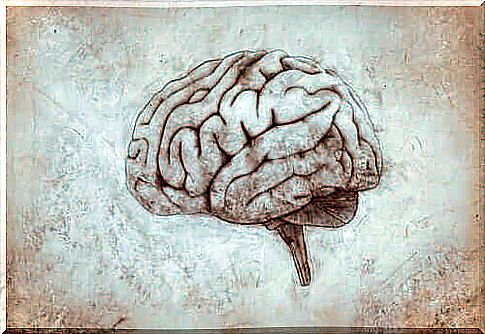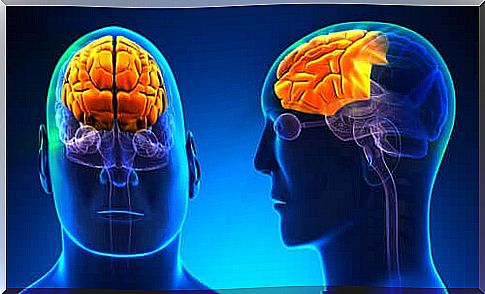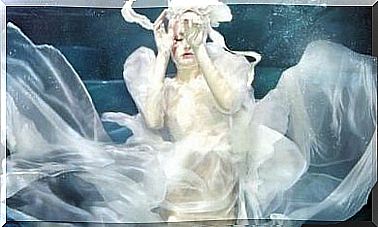Premotor Cortex: Characteristics And Functions

When we learn to play an instrument, for example the guitar, we realize how complex it is. It also happens when we learn to drive or when we acquire a new skill. And it is in these cases that the premotor cortex plays a fundamental role, helping us, among other functions, to process and automate sequences of movements to perform these tasks correctly.
Let’s imagine that a friend tells us about a bad event that happened recently. His father, who was ill, passed away, but he does not provide us with further information: «my father was very ill and yesterday…». Despite the lack of information, we are able to deduce the end of the story and put ourselves in its shoes. Several studies indicate that the premotor cortex is involved in empathy and, therefore, in the activity of mirror neurons. Would you like to know more? Read on!
Where is the premotor cortex located?
The brain is divided into four parts, known as cerebral lobes:
- Frontal lobe
- Occipital
- Parietal
- Storm
The premotor cortex is located in the frontal lobe. This lobe is the most recent brain structure in the evolution of the human being and is linked to the control and coordination of the most complex cognitive and behavioral processes.

To better understand how the premotor cortex intervenes, we will briefly examine the structure of the frontal lobe and its main functions. This lobe is divided into three main regions: medial, orbital and dorsolateral. In turn, these regions are divided into several areas: dorsolateral frontal cortex, motor and premotor cortex, dorsolateral prefrontal cortex, orbitofrontal cortex and frontomedial cortex.
The main functions of the frontal lobe are : planning, behavior management, mental flexibility, working memory, fluency in the search and updating of information, metacognition, mentalization, or the ability to think what the other is thinking, social behavior and cognition social (Flores-Lázaro and Ostrosky-Solís, 2018).
Functions of the premotor cortex
Nadia Justel and Verónika Diaz (2012) in one of their researches concluded that: «the premotor cortex and the cerebellum in particular have shown a fundamental role in the planning, preparation, execution and control of bimanual sequential movements of the fingers». The results of this research therefore demonstrate the importance of the premotor cortex in tasks such as playing an instrument, driving and those requiring the use of both hands.
Pardo-Vázquez and Acuña (2014) investigated the involvement of the premotor cortex in decision making. They came to the conclusion that it is a fundamental structure, as it participates in the different phases of the decision-making process based on visual information.
Neurons in the premotor cortex not only encode information, but compare it. And not only that, but through such coding and comparison, we readjust and adapt our behavior as we process information, adapting it to the situation.
Empathy and mirror neurons also appear to have a prominent place in the functions of the premotor cortex. It has been found that the mirror neurons in this area are activated during an action, and also remain active even when part of the action is hidden, so the end can only be deduced. What is the importance of this discovery?
We do not relate to an action only when we see it, but we generate internally, in the premotor cortex, the motor representation of an action performed by others and this helps us to understand others and their intentions, which is linked to the concept of empathy (Moya-Albiol, Herro and Bernal, 2010).

Final conclusions
Studying the brain poses a great challenge for scientists due to its remarkable complexity. Despite this, our knowledge is continually increasing thanks to new discoveries.
The premotor cortex, as well as the different areas of the brain, is still the subject of in-depth and interesting scientific research. In this article, the main functions of this area of the brain have been exposed, but it would not be surprising if in a few years or a few months we will be able to get more information.
Knowing the brain and knowing how it works allows us to obtain useful information to take greater advantage of this complex organ. For example, knowing that the brain changes gradually as we learn a new skill can motivate us not to give up when we start something new. Despite the initial difficulties, we will know that mentally we are already learning and this is a great motivation. So … Let’s learn!









